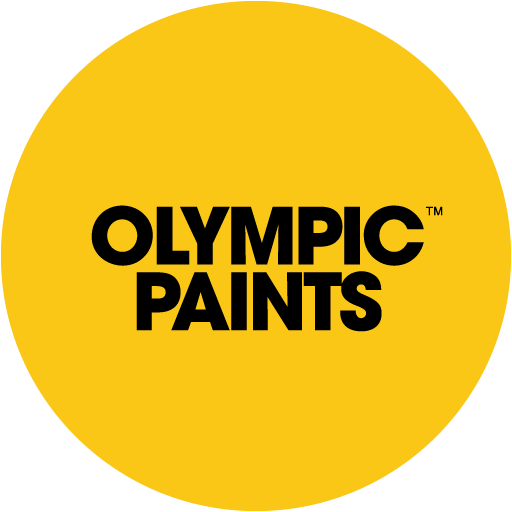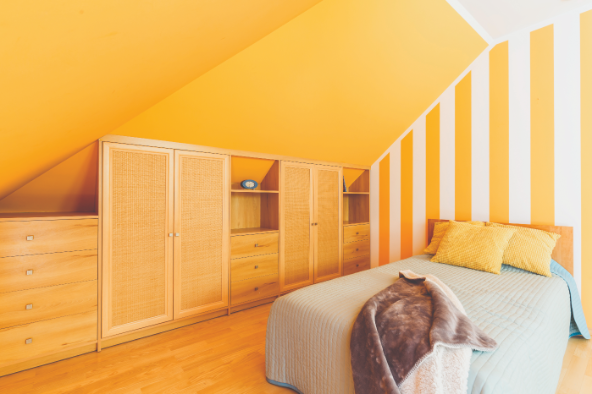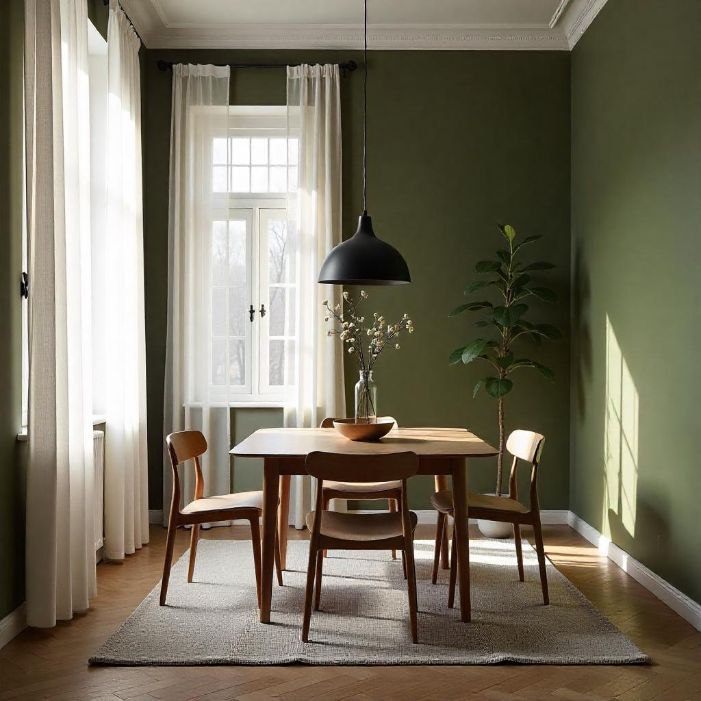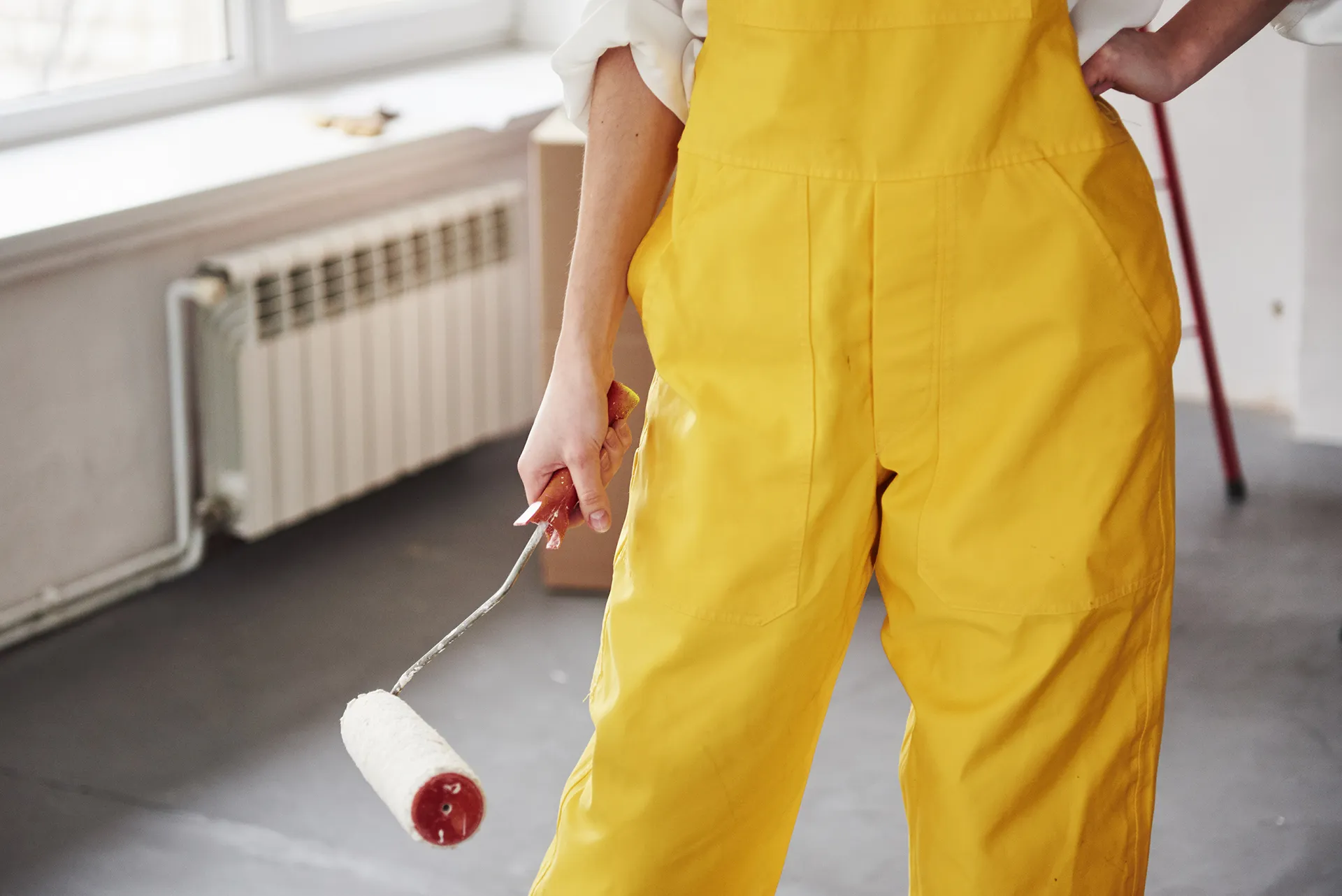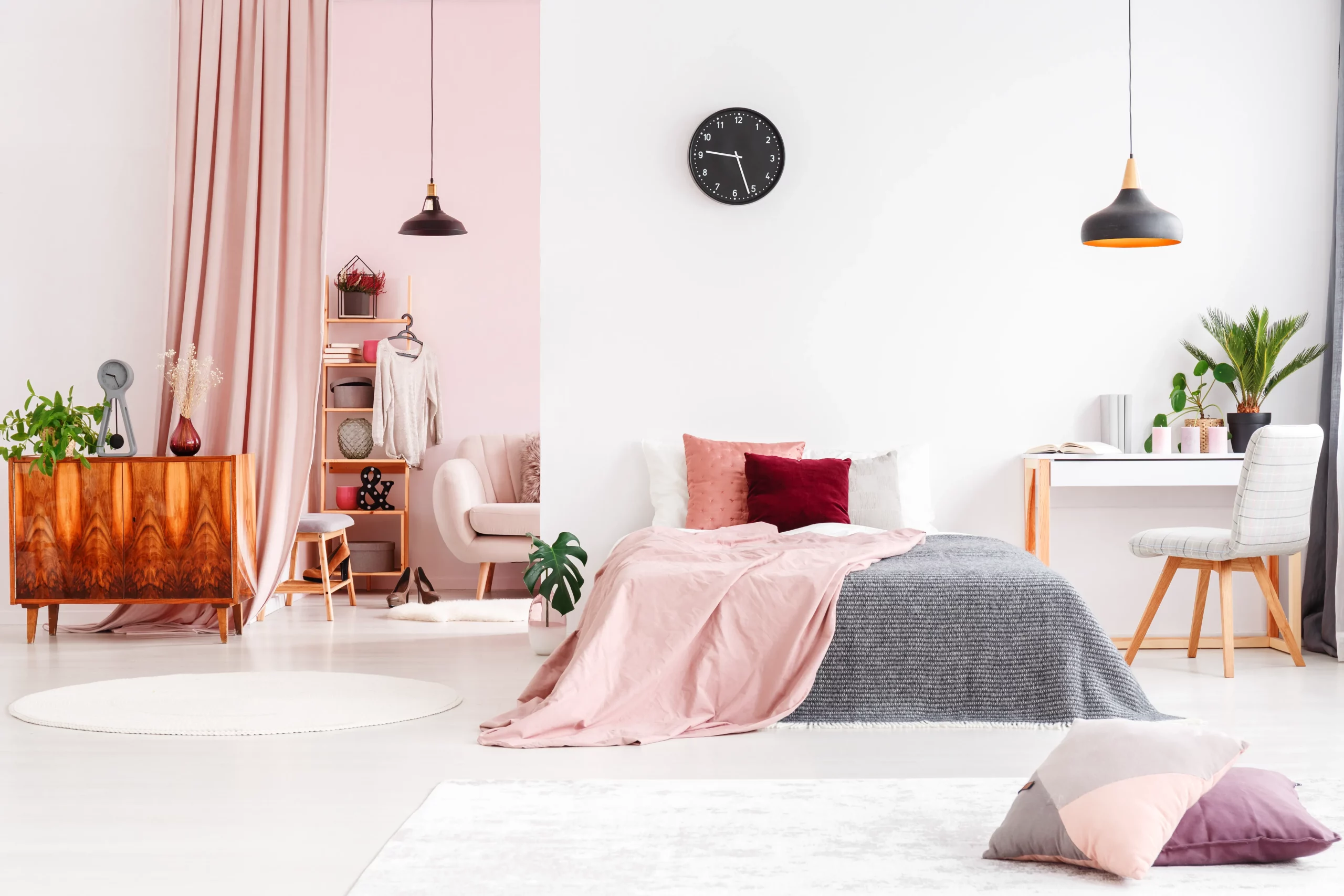5 Common Painting Mistakes and How to Avoid Them
Painting your home can be one of the most rewarding DIY projects, but it is also surprisingly easy to get wrong. From skipping prep work to using the wrong products, common mistakes can lead to bubbling, cracking or a finish that does not last.
In this guide, we walk you through five painting pitfalls and how to avoid them, so you can paint with confidence and achieve smooth, long-lasting results.
1. Skipping Surface Preparation
Why it happens: You’re in a hurry or assume the wall is fine as it is.
The problem: Dirt, grease, dust or flaking paint can prevent proper adhesion, resulting in peeling, bubbling or uneven finishes.
How to avoid it: Always clean and sand your surfaces. Use an undercoat or sealer where needed, especially on raw plaster or previously damaged areas.
Recommended product: Fibre Restore Sealer – ideal for hairline cracks, flaking areas or moisture-prone walls.
2. Using the Wrong Primer or No Sealer at All
Why it happens: Many assume PVA paint can go straight onto any surface.
The problem: Without the right primer or sealer, paint may soak in unevenly or fail to adhere properly, especially on new plaster, water-damaged or powdery surfaces.
How to avoid it: Assess your surface first.
- New plaster may need a bonding liquid or sealer.
- Cracked or damp areas should be treated with a fibre-reinforced sealer like Fibre Restore.
Recommended product: Fibre Restore Sealer– water-based, waterproof and flexible enough to bridge fine cracks.
3. Not Testing Colours or Finishes First
Why it happens: You choose a colour based on a swatch or online image.
The problem: Lighting and surroundings can dramatically change how a colour looks in real life.
How to avoid it: Use Olympic Paints sample pots to test 2 to 4 colours in the actual room, across different times of day. Compare finishes like matt and satin to see what suits your space best.
4. Rushing Between Coats
Why it happens: You want to get the job done quickly.
The problem: Applying a second coat too soon can lead to streaks, uneven coverage or poor adhesion.
How to avoid it: Always follow the drying time instructions on the tin. Most PVA paints require 2 to 4 hours of drying between coats. Solvent-based enamel products may require longer.
5. Using the Wrong Finish for the Job
Why it happens: All paints seem the same at first glance.
The problem: Using a matt finish in a kitchen, or gloss on a rough wall, can lead to maintenance problems or highlight imperfections.
How to avoid it: Match your finish to the room and its function.
- Matt is ideal for bedrooms, ceilings and low-traffic areas.
- Satin suits kitchens, hallways and moisture-prone rooms.
- Gloss works best for trims, doors and cupboards where durability matters.
Tip: See our full Paint Finish Guide to learn more about how each finish performs.
Avoiding these common painting mistakes will save you time, money and frustration. For the best results, pair proper preparation with quality Olympic Paints products, from undercoats and sealers to final finishes.
Not sure what your surface needs? Explore our range online for guidance and support.
